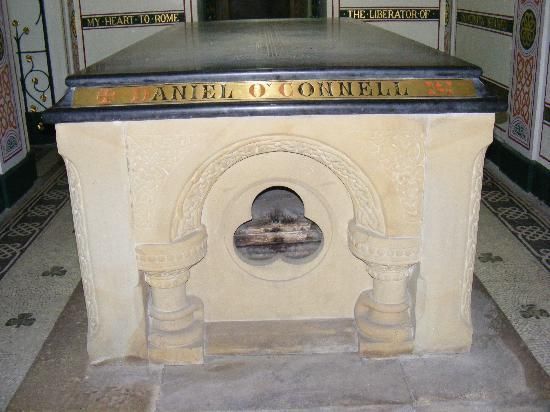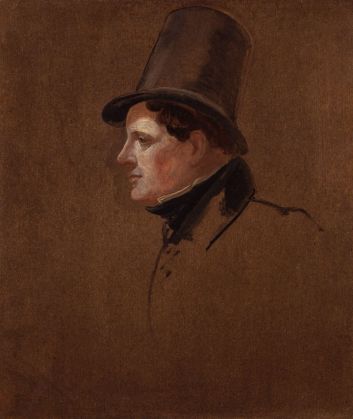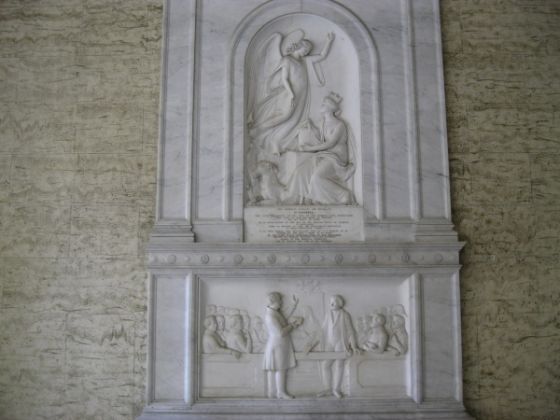Visitors to climb round tower for first time in four decades
Visitors to Dublin’s Glasnevin Cemetery will be able to climb the giant O’Connell Tower for the first time in more than four decades once a restoration programme is completed in October.
Reconstruction is underway on the internal stairway, 43 years after it was destroyed by a bomb attack attributed to Loyalist paramilitaries. The 1971 bombing was seen as a reprisal for the destruction of Nelson’s Pillar on O’Connell Street, blown up five years earlier by Irish republicans.
The work is the final phase in a long-running restoration programme, and involves the installation of a winding wooden staircase to the top of the 50-m tower, and a new viewing platform that will accommodate six to eight people. On a clear day the tower's spectacular views range from the Mountains of Mourne on the border with Northern Ireland, to Wicklow in the south and across to Ireland's Eye island in Dublin Bay.
The round tower was built between 1855 and 1869 to commemorate the death of Daniel O’Connell, an Irish political hero who won Catholic emancipation for the people of Ireland, as well as greater rights and freedoms, in the mid-19th century. With the help of public funding, the cemetery was established in 1832 by O'Connell, who is still referred to in Ireland as The Great Liberator.
The landmark tower was one of three icons of Irish nationalism blown up by loyalists in Dublin in January 1971. The other two targets were the O'Connell statue on O'Connell St, which survived the bombing, and the Wolfe Tone statue in St Stephen’s Green, which was destroyed.
The tower survived thanks to its 1m-thick granite stones but its windows and stairs were blown out. For safety reasons it was subsequently sealed up, including its crypt which contains the sarcophagus of O’Connell and which reopened in 1995 following extensive renovations.
O'Connell died aged 71 in Genoa while on pilgrimage to Rome, in 1847. His dying wishes were “My body to Ireland, my heart to Rome and my soul to God.” Accordingly his body was interred in Glasnevin, while his heart was embalmed and deposited at the chapel of S. Agata dei Goti, just off Via Panisperna in Monti, then the seat of the Irish College in Rome.
When the Irish College moved to its present site near S. Giovanni in Laterano in 1926, legend has it that the heart and its gold casket went missing. However, those wishing to pay their respects to The Great Liberator in Rome can still do so by visiting the much-photographed monument in his honour at the Pontifical Irish College on Via dei SS. Quattro 1.






































